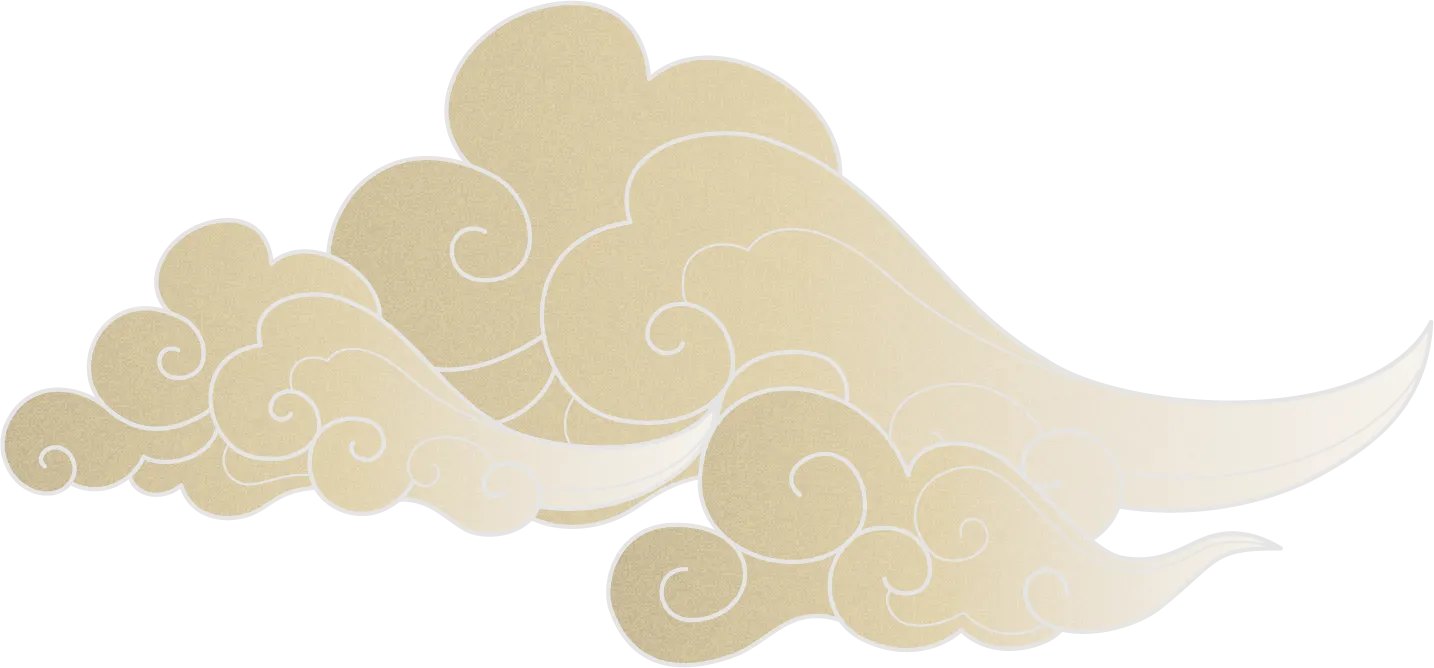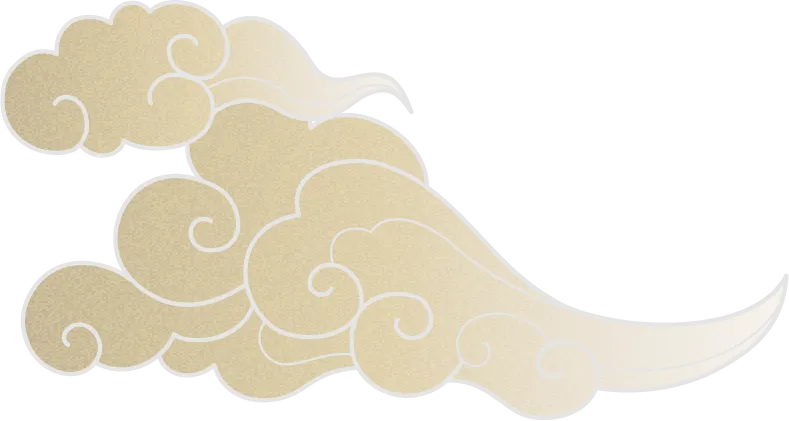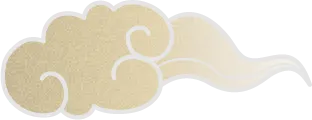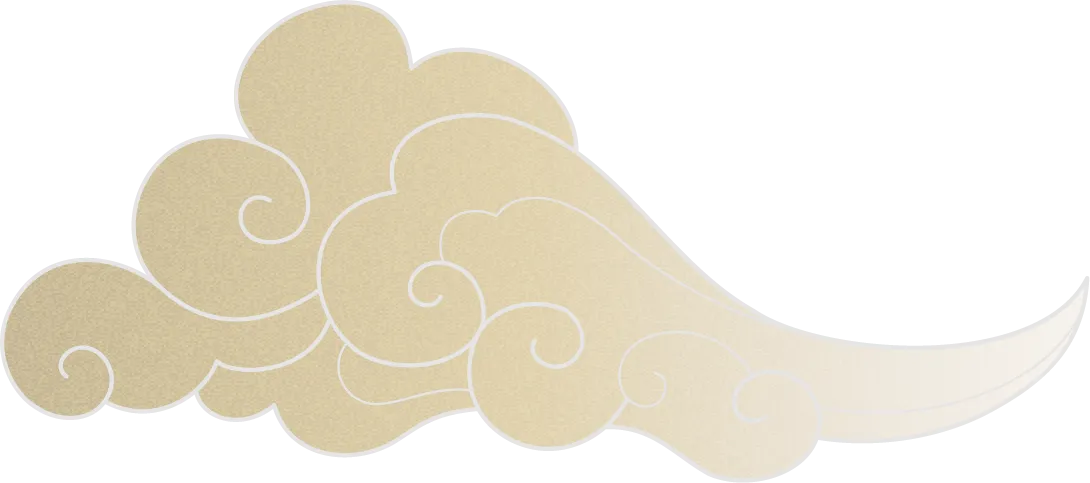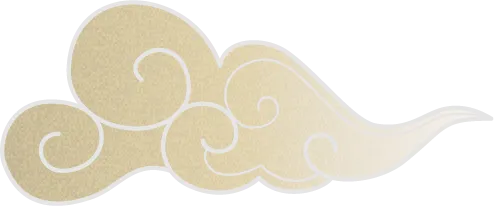column
Four Gods, Four Spirits, Five Element
About the Four Gods
The origin of the Four Gods is said to have originated from astronomy.
There is a concept called “shisho”, derived from the symbol of “eight trigrams” that symbolizes the natural world, and it is easier to visualize these four elephants in a concrete way, and it is called “four gods.” It is said.
In Japan, in the Shoku Nihongi, “A crow-shaped flag is used in the Asaga ritual, a banner with a sun statue, a blue dragon, and a Suzaku on the left, and a moon statue on the right. ・The flag of Genbu Byakko was erected.”
Four Gods: Seiryu, Suzaku, Byakko, Genbu
The origin of the four gods is the “Four Elephants”, with the east being “Shoyou”, the south “Taiyo”, the west “Shoin”, and the north “Taiin”. It is said that the “Four Gods” were applied to the “Four Gods”.
It is said that the four divine beasts protect the four directions of the heavens: the Blue Dragon in the east, the Suzaku in the south, the White Tiger in the west, and the Genbu in the north, and the land where these four divine beasts are placed is considered the best place in Feng Shui, and is said to ward off evil spirits. It is said to block out the sun and bring happiness such as good fortune, disease-free life, and longevity.
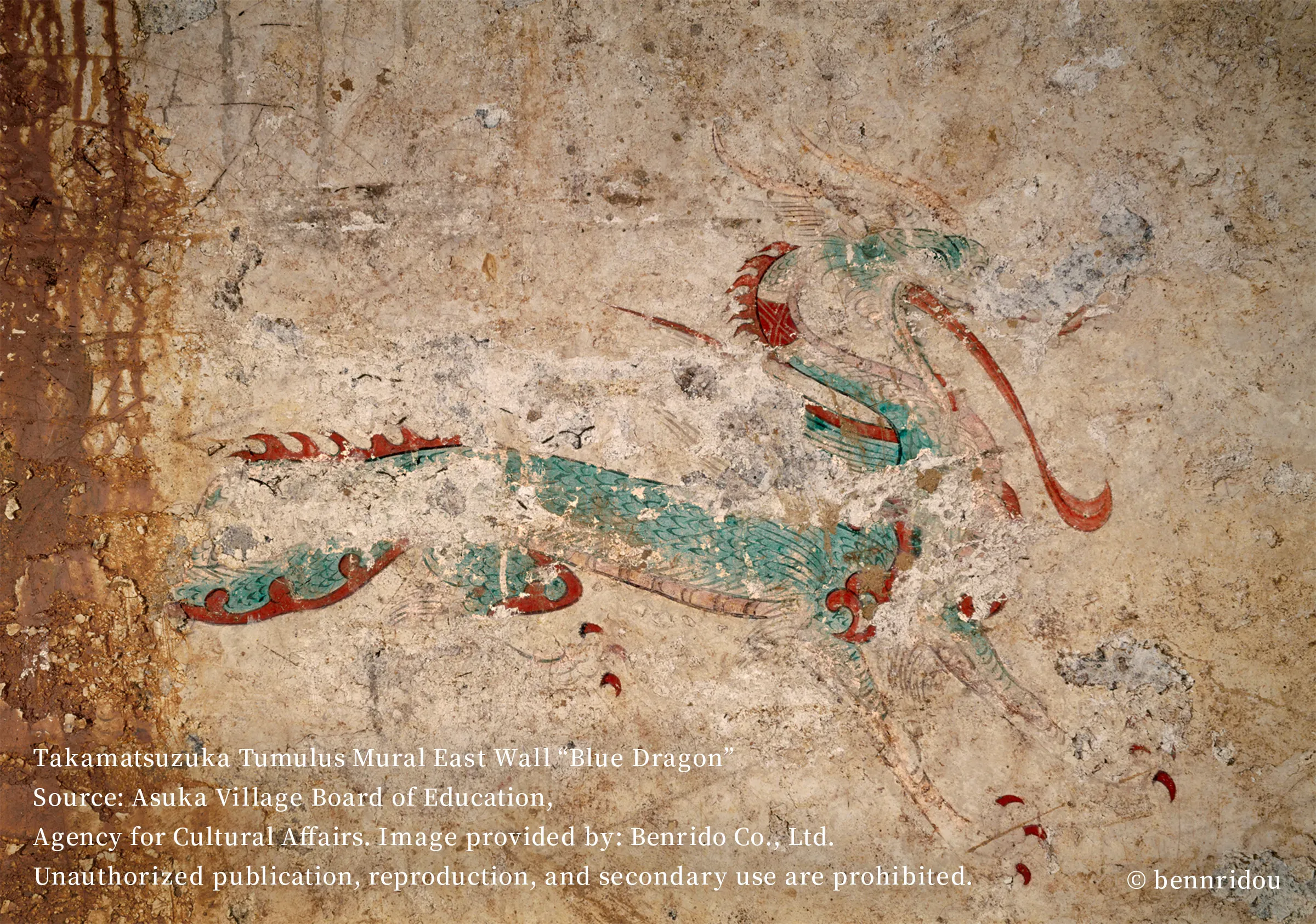
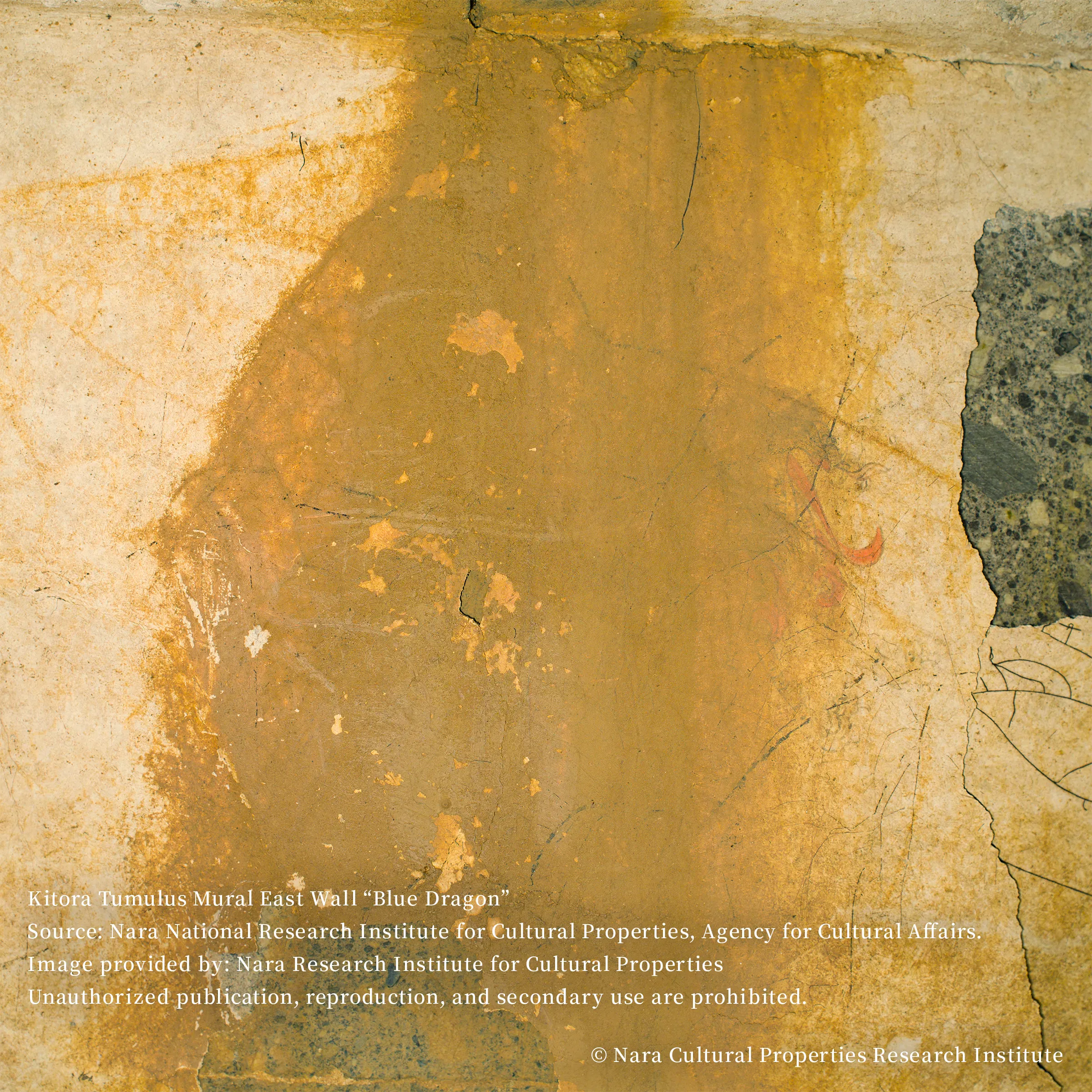
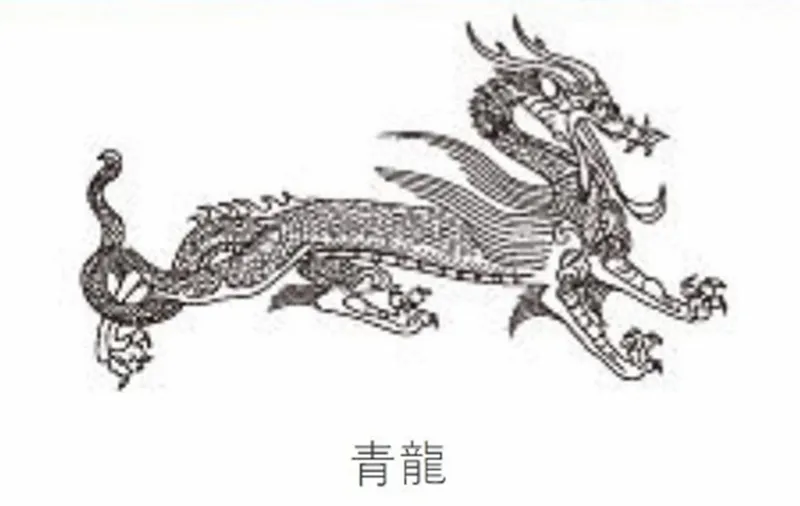
The term “Shijin-cororo” refers to the geographical features and geological features traditionally believed to be most suitable for the existence of the “Four Gods” who control the four directions of the earth.
Where can I find a place like this…
It is said that this idea was adopted when the capital was transferred to Heijo-kyo.
It is protected by the Kamo River (Soryu), Kyoreike (Suzaku), Sanyodo (Byakko), and Mt. Funaoka (Genbu).
Similarly, it is said that the city of Edo was built according to the concept of Feng Shui and the Four Divine Beasts.
In addition to the directions, the four gods are assigned “spring, summer, autumn, and winter” for the four seasons, “morning, noon, dusk, and night” for the day, and “blue, red, white, and black” for the colors.
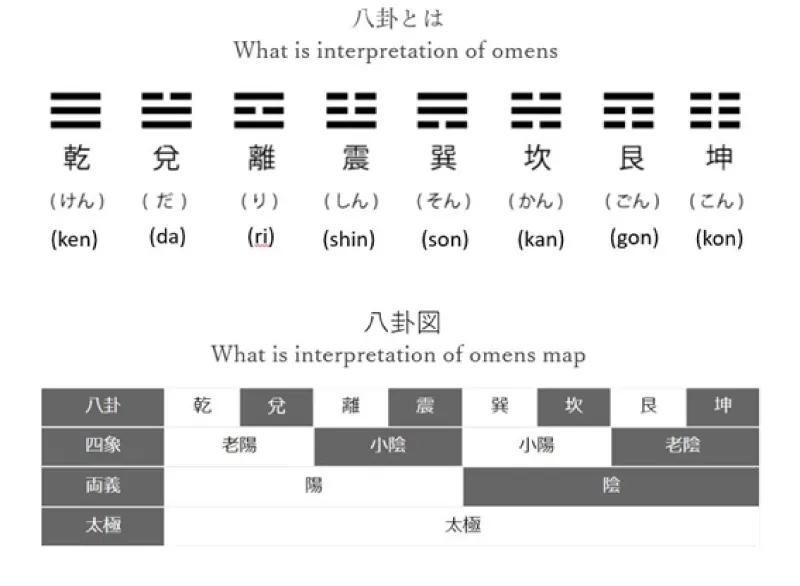
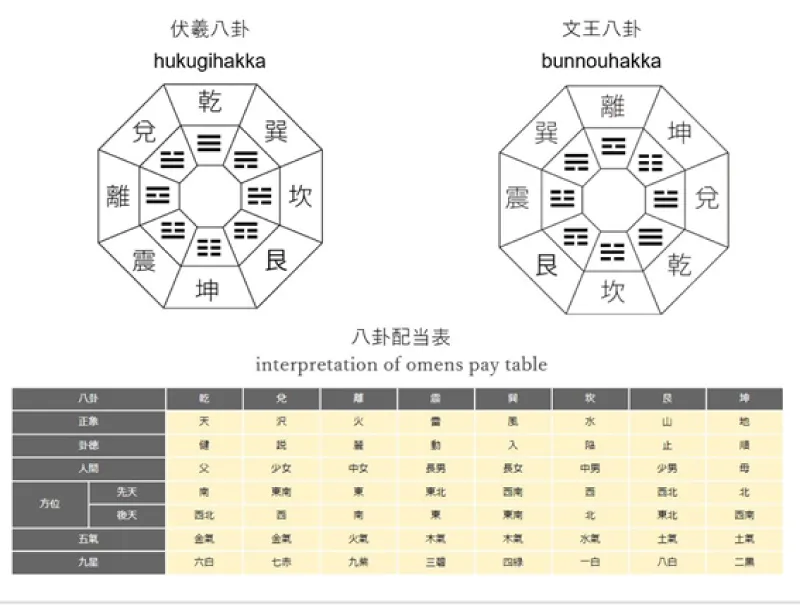
What is the Five Element Theory and Five Element Thought?
An ancient Chinese theory states that “all things are made up of five elements: wood, fire, earth, metal, and water.” The idea is that the five elements “wood, fire, earth, metal, and water” are essential to human life, and that these elements change and circulate while influencing each other according to certain rules.
The presence that unites the four gods
There are four gods that protect the directions, but when applied to the five elements philosophy, there is no one that applies, and there is a surplus.
In the Five Elements philosophy, there is a yellow (golden) dragon called “Koryu” who can be said to be the chief of the four gods.
In ancient China, yellow was the color of the emperor, considered a noble color, and ruled the center as a direction.
In addition to Yellow Dragon, “Kirin” is also sometimes applied.
It is said that a Kirin appears when a king who practices good politics is born.
Five elements in Japanese mythology
In Japan, since the Middle Ages, there has been a movement to interpret the myths conveyed in the Kiki using the theory of the five elements, and among these theories, the relatively famous one in the “Jinko Shodoki” is based on the observation of seasonal changes in natural phenomena and abstraction. These five concepts explain the nature, cycles, interactions, etc. that form the background of various fields such as natural phenomena, political systems, fortune-telling, and medicine.
Changes in the four seasons are thought to occur due to changes in the five elements.
The five elements are assigned to everything, including directions and colors.
From this, words such as youth, vermilion summer, white autumn, and winter were born by combining the colors of the five elements that correspond to the four seasons.
Water: A symbol of “winter.” It originates from the water that gushes out from a spring, and is considered to be the fountain of life, representing the nature of having both a womb and spirituality.
Fire: Symbol of “summer”. It is based on a sparkling flame, and represents the scorching nature of fire.
Tree: A symbol of “spring”. It is based on a standing tree with flowers and leaves covering the trunk, and represents the growth and development of a tree.
Gold: Symbol of “autumn”. It is based on minerals and metals that shine in the soil, and like metal, it expresses cold, solid, and reliable properties.
Earth: A symbol of the change of seasons, the “earth of the earth”. It is based on the appearance of plant buds sprouting from underground, and represents the nature of nurturing and protecting all things.
Difference between the four gods that control direction and the four spirits that represent auspicious signs
Four gods: Seiryu, Byakko, Suzaku, Genbu
Four Spirits: Kirin, Phoenix, Spirit Tortoise, Oryu
Five Dragons: Blue Dragon, Red Dragon (Suzaku), Yellow Dragon (Kirin), White Dragon (), Black Dragon (Genbu).
The four gods are Seiryu, Suzaku, Byakko, and Genbu, which are said to originate from the four elephants that divided the sky into four parts.
The specific differences in nature between the four gods and the four spirits are as follows:
In the case of the Four Gods, the four beings, Seiryu, Byakko, Suzaku, and Genbu, each correspond to the four directions of north, south, east, and west, and are positioned as guardian deities that control each direction.
In the case of the four spirits, there is no special relationship between the directions of the four gods, and the four beings, the lin, the phoenix, the turtle, and the dragon, are the leaders of all the animals that exist in this world. It is a mysterious animal with special powers, and is considered a spiritual animal that brings good omens.
The “spirit” included in the word “four spirits” does not mean a ghost. Among the various animals, they are said to be particularly good beings, that is, beings with unique characteristics that serve as signs of good luck.
Suzaku (Suzyaku)
Suzaku is one of the four divine beasts that control the four directions of the heavens, and is said to be an imaginary creature depicted as a bird with large red wings that protects the southern direction.
It is one of the four gods (four beasts, four elephants) and five beasts, and is also called Shucho.
The connection between Suzaku and the south originates from the theory of five elements, which assigns yellow to the center, black to the north, blue to the east, white to the west, and red to the south, and the belief in the four gods is based on the theory of five elements. It is thought that it was established during China’s Warring States period (5th century BC – 221 BC), under the influence of China. After that, the belief in the Four Gods spread not only to China but also to ancient Korea and Japan.
In Japan, Suzaku is also depicted on the pedestal of the principal image of the Kondo of Yakushiji Temple in Nara Prefecture, and on the southern wall of the inner stone coffin of the Kitora Tumulus in Asuka Village.
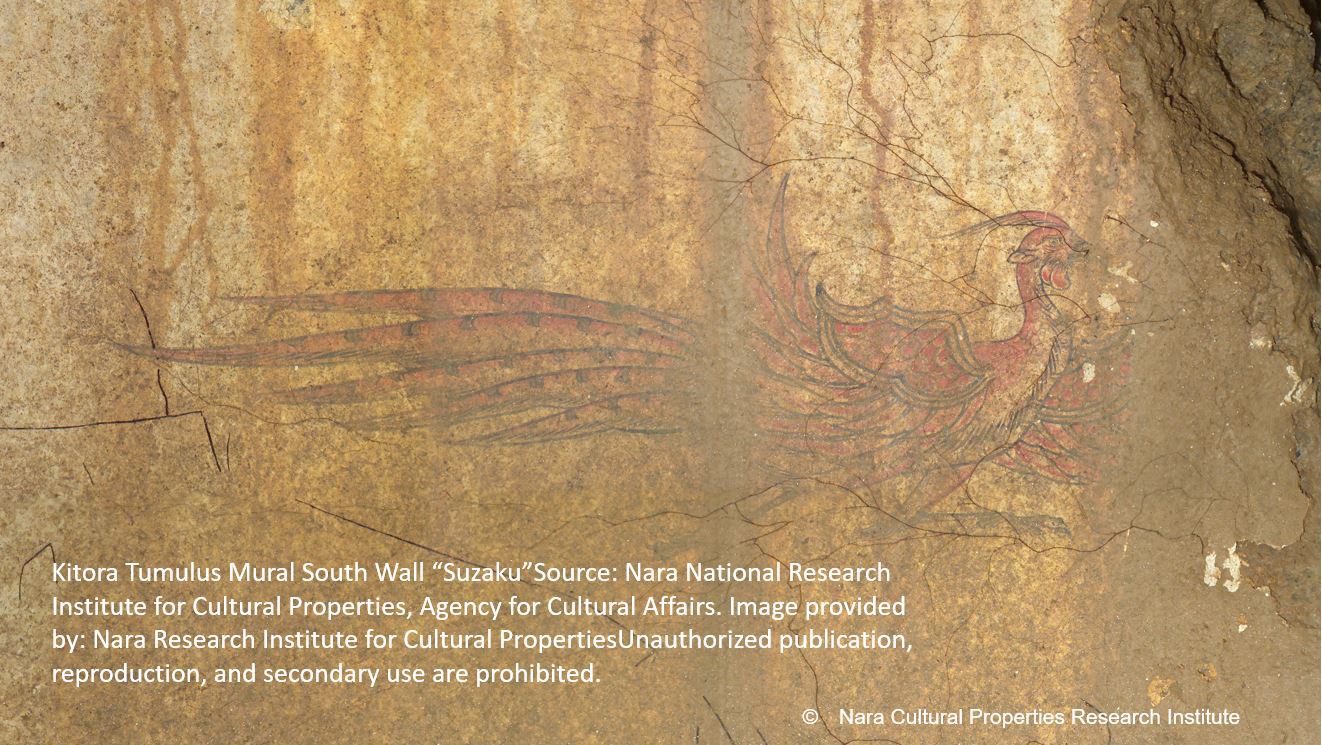
The four divine beasts are deeply related to the ancient Japanese Onmyo-do, and among the five elements of Yin-Yang, the Kirin (or Yellow Dragon) joins Seiryu, Suzaku, Genbu, and Byakko in the center. The five elements of the Five Element Theory were combined with directions and colors to form the Five Gods (Five Beasts).
What Suzaku is in charge of
Suzaku is a divine beast that protects the south, and its ruling season is summer (April, May, and June). According to the theory of Yin-Yang and Five Elements, it means “fire” and its symbolic color is red. Known as a beautiful bird that can control fire, it is believed that its strong wings can drive away evil spirits and give you the strength and good fortune to overcome adversity.
It brings great power, especially when you are looking to make a comeback, such as regaining lost trust or honor. It is also related to social luck and popularity luck.
What is the difference between “Suzaku” and “Phoenix” (Houou)?
The “Four Gods” refer to the famous gods and beasts that govern each direction: north, south, east, and west. They respectively refer to Seiryu in the east, Byakko in the west, Suzaku in the south, and Genbu in the north.
The “four spirits” are the giraffe, the tortoise, the dragon, and the phoenix (Houou), which are considered to be spiritual animals that bring good omens.
In other words, the “Four Gods” correspond to the four directions of east, west, north, south, and the guardian deities that control each direction. The “Four Spirits” are legendary animals that bring good luck and omens that something good will happen, regardless of the direction. It refers to us. “Suzaku” is one of the four gods and is a divine beast that protects the south, and “Phoenix” (Houou) is one of the four spirits that reigns at the top of all animals and means a spiritual animal that heralds auspicious omens.
White tiger (Byakko)
The word “white tiger” comes from the four divine beasts in Chinese mythology. The Four Gods originated in ancient China and were introduced to Japan, and it is said that the four divine beasts guard the four directions of the heavens: the Seiryu in the east, the Suzaku in the south, the White Tiger in the west, and Xuanwu in the north.
The land where the four gods are placed is considered to be the best place in Feng Shui, and is said to block out evil spirits, attract happiness, and bring good health and luck. Also, based on the theory of Yin-Yang and Five Elements, a “Kirin” or “Yellow Dragon” is sometimes included in the center, in which case they are called the Five Gods or the Five Beasts.
The white tiger is considered an auspicious creature because of its beautiful appearance. In India, white tigers are considered messengers of the gods, and legend has it that they bring happiness to those who see them.
In Japan, a white tiger is also depicted on the pedestal of the principal image of the Kondo of Yakushiji Temple in Nara Prefecture, and on the west wall of the inner stone coffin of the Kitora tomb in Asuka Village.
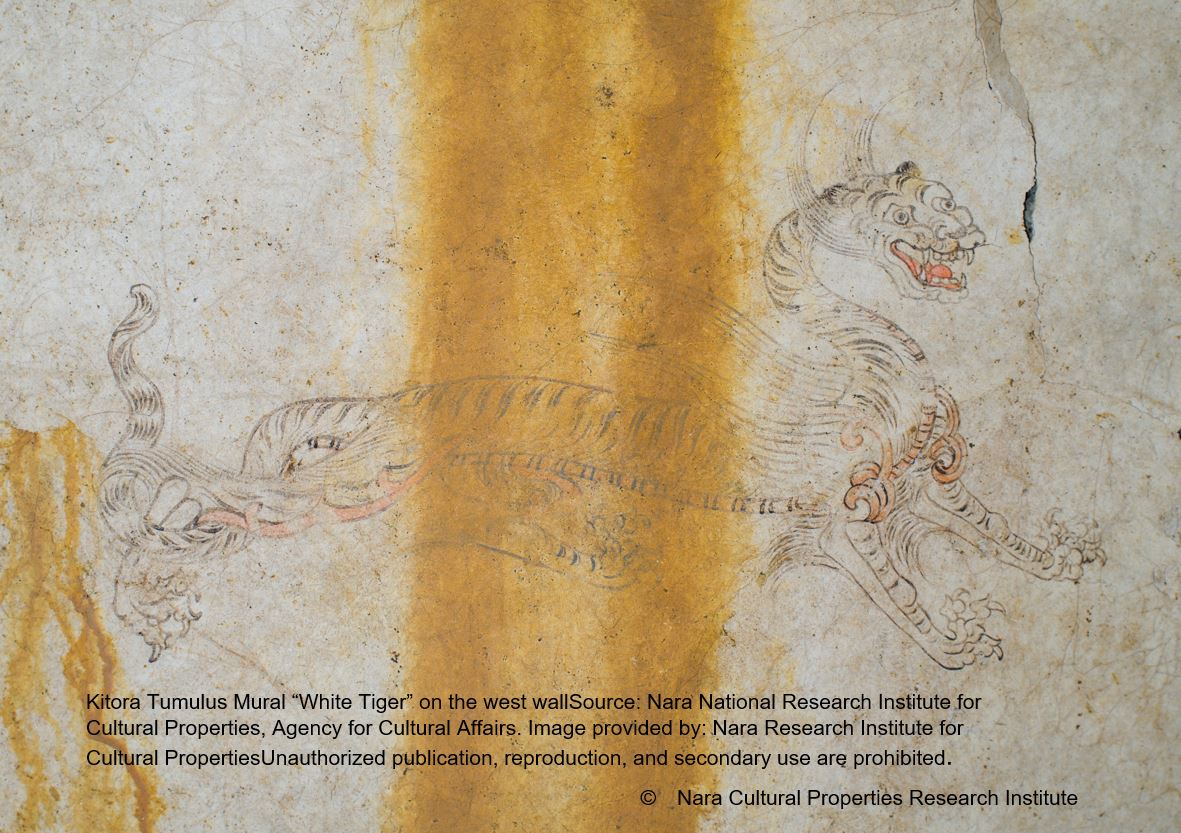
“A land suitable for the four gods” is a land where the four gods who control the four directions protect the north, south, east, and west, and means “the best land” where good energy gathers and stays. It is said that there is a clear stream to the east (Soryu), a wide open wetland to the south (Suzaku), a long road to the west (Byakko), and a towering mountain to the north (Genbu).
In Heiankyo, “Soryu” is said to be the Kamogawa River, “Suzaku” is said to be Okuriike, “Byakko” is Sanin-do (or Sanyo), and “Genbu” is Mt. Funaoka.
In this way, Heiankyo was built based on the idea of corresponding to the four gods. Yasaka Shrine to the east, Jonangu Shrine to the south, Matsuo Taisha Shrine to the west, and Kamigamo Shrine to the north were built to protect the four gods, and Heian Shrine is the center of these four gods.
Genbu
The four gods are Seiryu, Suzaku, Byakko, and Genbu, with Seiryu in the east, Suzaku in the south, Byakko in the west, and Genbu in the north. The connection between Genbu and the north comes from the Five Elements Theory, which assigns yellow to the center, black to the north, blue to the east, white to the west, and red to the south. It is thought that it was established during China’s Warring States period (5th century BC – 221 BC), influenced by After that, the belief in the Four Gods spread not only to China but also to ancient Korea and Japan.
It has the form of a turtle and snake combined statue.
It has the form of a turtle and snake combined statue.
The turtle is a symbol of “longevity and immortality,” and the snake is a symbol of “procreation.” He compares it to the coming together of yin and yang.
In Japan, Genbu is less familiar than the other four gods, and in recent culture, the image of “strength” does not give the impression of being at the top, but in reality, Genbu is the strongest and oldest of the four gods, and is the highest ranked. It was believed as.
“North” is considered to be an extremely important direction in terms of feng shui, and for example, when Heiankyo and Nikko Toshogu Shrine were built, it was positioned as the most important direction, directly connected not only to the North Star but also to the dragon veins, and of course, it was believed that Genbu was believed. is said to have had a strong influence.
Genbu is believed to be able to travel between the underworld (in the north) and the present world, receive oracles (turtle shell fortune-telling) in the underworld, and bring the answers back to the present world. Genbu governs darkness and represents stealth, theft, lechery, etc.
In Japan, in the main statue pedestal of Yakushiji Kondo in Nara Prefecture, and in the Kitora Tumulus and Takamatsuzuka Tumulus in Asuka Village, Nara Prefecture, the four gods Seiryu, Byakko, and Suzaku are placed in the center of the four walls of the stone chamber, along with the northern wall of the inner wall of the stone coffin. Genbu is depicted.
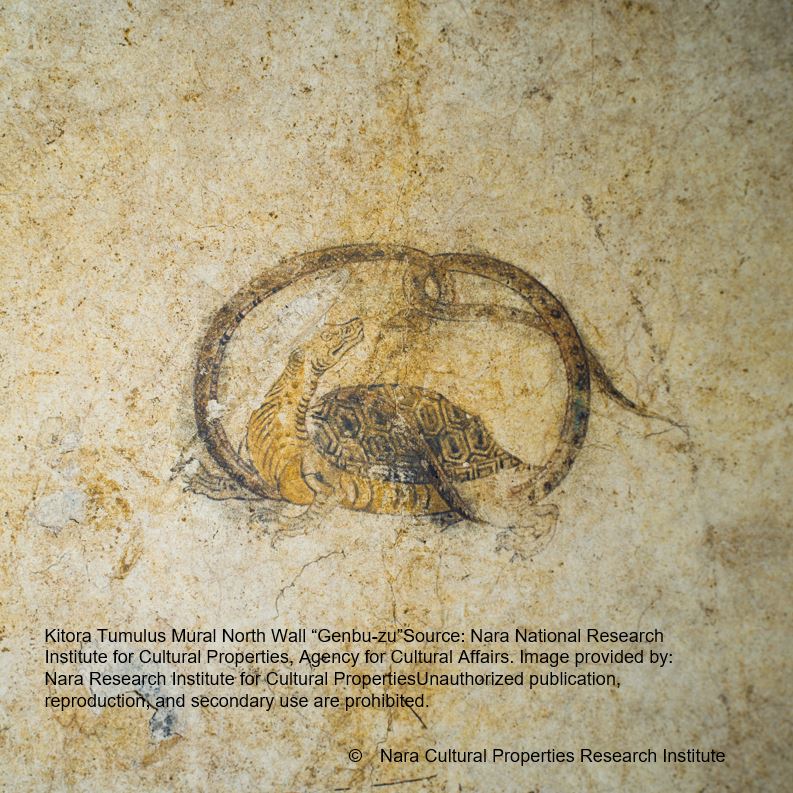
According to Feng Shui, it is said to live in the mountains, and there is a Suzaku in the opposite direction, and one theory is that this is the origin of the Crane Turtle.
Phoenix (Houou)
The phoenix (Houou), an imaginary bird from Chinese mythology, is said to have been introduced to Japan during the Kofun period, and is depicted in various sculptures and paintings at Horyuji Temple and elsewhere. Built by Fujiwara Yorimichi in the mid-Heian period, the main object of worship is the seated statue of Amida Nyorai from Byodo-in Hououdou, which was registered as a World Heritage Site in 1994. On the roof of the Phoenix (Houou)Hall is a shining golden phoenix statue. This phoenix (Houou)statue is depicted on the back of the 10,000 yen bill issued in 2004.
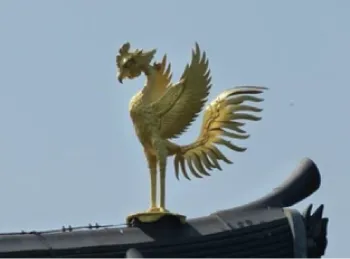
The Houou is one of the four spiritual beasts: the dragon, the phoenix, the giraffe, and the spirit turtle.
The four spirit beasts are considered to be the leaders of the animals in this world.
The phoenix (Houou) is one of China’s “Four Spirits” (referring to the four mysterious auspicious beasts recorded in the ancient Chinese “Records”, which are Yingryu, Kirin, Phoenix, and Reiki), and is associated with “Heian”. It is said to be the leader of 360 species of birds. Its appearance shines in five colors, and when it flies, the county birds follow it, so it was called the King of Birds. It is said that the phoenix(Houou) represents a male and the 凰 represents a female, and together they become a symbol of love.
It is also said that the phoenix (Houou)has the role of welcoming the souls of the dead and transporting them to heaven.
The phoenix (Houou)symbolizes recovery and second chances. On the other side of the world, in the East, bamboo forests and paulownia trees grow thickly, and phoenix (Houou), which are different from phoenix (Houou), fly through the sky. The phoenix, which has been passed down in folk tales, determines a person’s character and blesses honorable and kind people. There are legends that the place where the phoenix (Houou) lands holds something important, and that it has the power to transform into a celestial maiden.
The appearance of a phoenix is a harbinger of happiness, and the phoenix has been said to be a bird of auspiciousness that appears when the Holy Angel appears. “Shoutenshi” means a ruler who brings peace, that is, an excellent emperor.
Difference between phoenix (Houou) and vermilion bird (Suzyaku)
Difference between the Four Spirits and the Four Gods
The phoenix is one of the four spirits. Suzaku is one of the four gods.
Suzaku is one of the “Four Gods” (Genbu, Seiryu, Byakko, and Suzaku) and is a sacred bird that rules over the south.
Difference between phoenix (Houou) and phoenix
The phoenix is a legendary spiritual bird of Egypt. In Europe and America it is called Phoenix.
The phoenix lives in the Arabian desert, and after living for 500 years, it sets its nest on fire and burns itself down, ending its life, and is a symbol of eternal life.
There are only “male” phoenixes.
The phoenix looks similar to an eagle and is about the same size.

